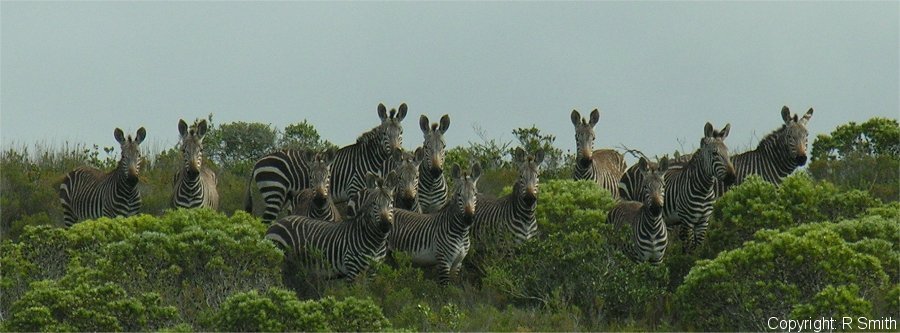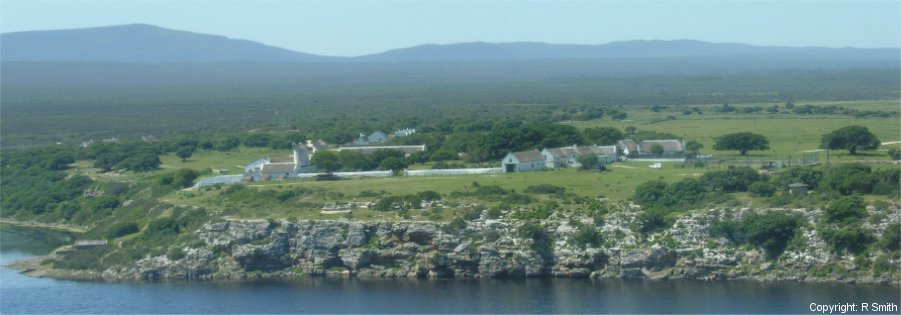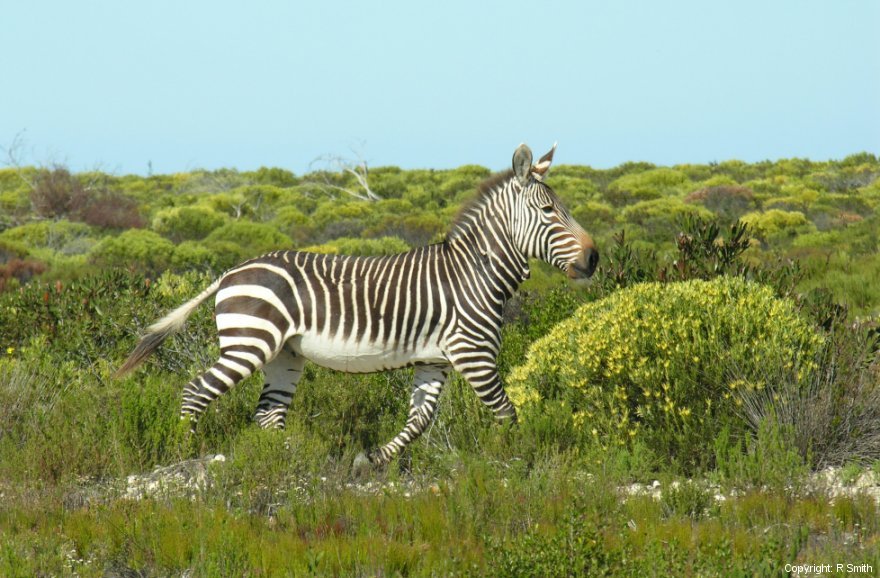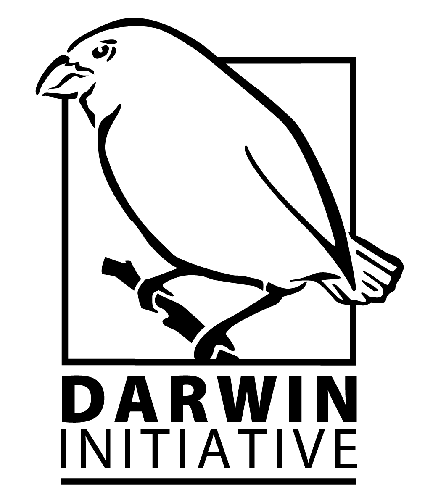zebra_conservation
Go to:
Return to:
Department of Anthropology
Durham University
Dawson Building
South Road
Durham DH1 3LE
UK
Tel: +44 (0) 191 334 1601
Fax: +44 (0) 191 334 1614
[email protected]
Last updated
15th January 2021
Cape Mountain Zebra Conservation

Cape mountain zebra (Equus zebra zebra) once had a distribution running southward across the mountainous terrain of the Roggeveld Mountains, the Ceder Mountains and up to the Amatolas. As a result of hunting and competition with farmers for grazing, however, they were driven to the verge of extinction such that by 1950, fewer than 100 members of this species survived. The only original natural populations remaining are in the Mountain Zebra National Park and in the Kammanassie and Gamkaberg Nature Reserves. Fortunately, thanks to focused conservation initiatives, involving resettling of animals into private and national nature reserves, the numbers in 2000 stood close to 1200. Despite this success, however, there is much work still to be done and we are currently engaged in a project aimed at ensuring the long-term survival of this species.
Capacity building in mammal management for
Western Cape nature reserves
In October 2004 we initiated a project entitled ‘Capacity building in mammal management for Western Cape nature reserves’ funded by the Darwin Initiative. The project has four primary objectives:
 | i) Re-establish long-term monitoring of endangered Cape mountain zebra (IUCN Endangered, CITES Appendix I) at De Hoop Provincial Nature Reserve, and establish monitoring at Kammanassie Provincial Nature Reserve and Gamkaberg Provincial Nature Reserve, in line with IUCN (2002) recommendations for successful management of small populations. |
 | ii) Develop a rigorous methodology for monitoring of flagship threatened mammal species using icon-driven handheld computer technology suitable for semi-literate to illiterate conservation field staff. |
 | iii) Develop clear large mammal census techniques for Western Cape provincial nature reserves for new management policy of current reserves and to develop capacity for planned development of mega-reserves and reintroductions. |
 | iv) Integrate outputs of established monitoring into a comprehensive database to facilitate local and regional assessment of long-term trends and local stability of populations of target species. |
Traditionally, the Western Cape has been a region in which the majority of conservation efforts have been directed at preserving the unique local flora; the Cape Floral Region is home to a diverse and sensitive flora of which has large numbers of locally endemic and globally threatened plant species. Large mammals are relatively rare in CapeNature reserves and as a consequence, large mammal censuses are not currently a feature of CapeNature policy. Nevertheless, the Western Cape is home to a number of rare mammal species, including Cape mountain zebra, such that the capacity for long-term monitoring is essential in developing future management programs. Planned reintroductions of large native fauna into WCNCB reserves (including flagship species such as black rhino) have highlighted the need to build local capacity and methodology for sustainable mammal censusing as part of a sound management strategy. Over the last few years we have been working towards implementing a sustainable census methodology for Cape mountain zebra at De Hoop Nature Reserve. De Hoop is itself a high biodiversity priority since its limestone fynbos is a hotspot of endemic richness. We are currently expanding this censusing to Kammanassie and Gamkaberg Nature Reserves, the two remaining natural populations managed by CapeNature.

The project uses computer software produced by CyberTracker Conservation in South Africa. The software is specifically designed to allow non-literate users to gather large quantities of geo-referenced data from field observations for projects that range from intensive monitoring of endangered species to large-scale regional programs and long-term monitoring of ecosystems. We are working with CyberTracker Conservation to develop the software to meet monitoring and management requirements in Western Cape Nature Reserves. Through assessing the suitability of CyberTracker within the framework of monitoring the Cape mountain zebra population at De Hoop, the study is developing the capacity for sustainable management of Western Cape large mammal populations.
See the field rangers in action!

Publications:
Smith, R.K., Ryan, E., Morley, E. & Hill, R.A.(in press) Resolving management conflicts: could agricultural land provide the answer for an endangered species in a habitat classified as a World Heritage Site?Environmental Conservation doi:10.1017/S0376892911000105
Hill, R.A.(2009) Is isolation the major genetic concern for endangered equids? Animal Conservation12: 518-519 (pdf)
Smith, R.K., Marais, A., Chadwick, P., Lloyd, P.H.& Hill, R.A. (2008) Monitoring and management of the endangered Cape mountain zebra Equus zebra zebra in the Western Cape, South Africa. African Journal of Ecology, 46: 207-213 (pdf)
Project Staff:
Dr Russell Hill – Durham University (Project Leader) (email)
Dr Rebecca Smith – Durham University (Project Officer)
Peter Lloyd – CapeNature (Specialist Scientist – Cape mountain zebra)
Dr Helen De Klerk – CapeNature (GIS Scientist)
Andrew Turner – CapeNature (Biodiversity Database Manager)
Louis Liebenberg – CypberTracker
Emma Ryan – Research Assistant
Emma Morley – Research Assistant

